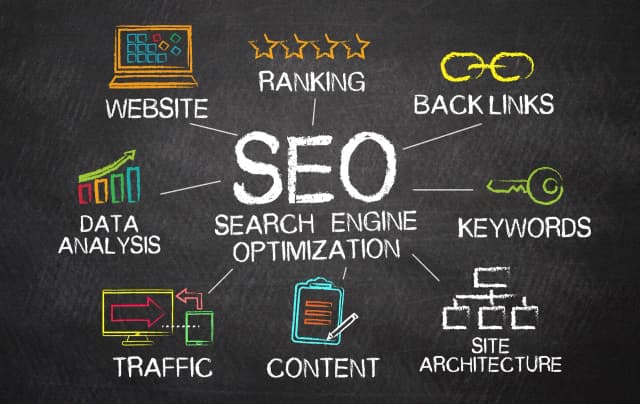On-page SEO optimization is crucial for improving your website's visibility and ranking on search engines. By focusing on elements within your website, from content to HTML tags, you can significantly enhance user experience and search engine performances. In this guide, we'll explore effective methods for optimizing your on-page SEO to attract more organic traffic and retain visitors.
Why On-Page SEO Matters
On-page SEO is all about optimizing individual pages to improve their ranking. It ensures that search engines understand the content, relevance, and structure of your pages. Proper on-page SEO can lead to:
- Enhanced user experience
- Increased organic traffic
- Higher search engine rankings
1. Quality Content Creation
Creating valuable content tailored to your audience is the cornerstone of on-page SEO. Here’s how to optimize content:
- Keyword Research: Identify and target relevant keywords that reflect your audience's search intent.
- Content Length: While there’s no one-size-fits-all, longer content often ranks better. Aim for comprehensive coverage of topics.
- Use of Headings: Implement well-structured headings (H1, H2, H3) to improve readability and highlight key points.
2. Meta Tags Optimization
Meta tags inform search engines about the content of your page. Here’s how to utilize them effectively:
- Title Tags: Include target keywords and keep them under 60 characters to ensure visibility in search results.
- Meta Descriptions: Craft compelling descriptions that summarize your content and entice clicks; keep them under 160 characters.
3. URL Structure
Your URL should be clean, descriptive, and include keywords. Best practices include:
- Use hyphens to separate words for better readability.
- Avoid using excessive parameters or numbers.
4. Internal Linking
Internal links improve website navigation and help with indexing. Tips for effective internal linking:
- Link related content together to keep visitors engaged.
- Use descriptive anchor text that reflects the linked content.
5. Image Optimization
Images can enhance the user experience but also slow down your site if not optimized. Here’s how:
- File Names: Use descriptive file names that explain the image content.
- Alt Tags: Provide alt text that describes the image, improving accessibility and SEO.
6. Mobile-Friendliness
With the rise of mobile browsing, ensuring your site is mobile-friendly is critical. Consider:
- Responsive web design for compatibility across devices.
- Testing your site using tools like Google's Mobile-Friendly Test.
7. Page Load Speed
Fast-loading pages lead to better user experience and reduced bounce rates. Ways to improve load speed include:
- Minifying CSS, JavaScript, and HTML to reduce file sizes.
- Enabling browser caching to store resources for quicker access.
Conclusion
On-page SEO optimization methods are vital for improving your website's visibility and engagement levels. By focusing on quality content, metadata, URL structure, internal linking, image optimization, mobile-friendliness, and page speed, you can create a powerful on-page SEO strategy. At Prebo Digital, we specialize in SEO strategies that drive result-oriented outcomes for your business. To learn more about our services, feel free to reach out to us today!















